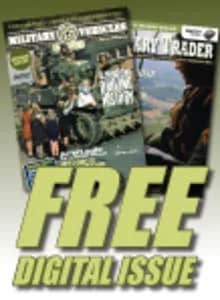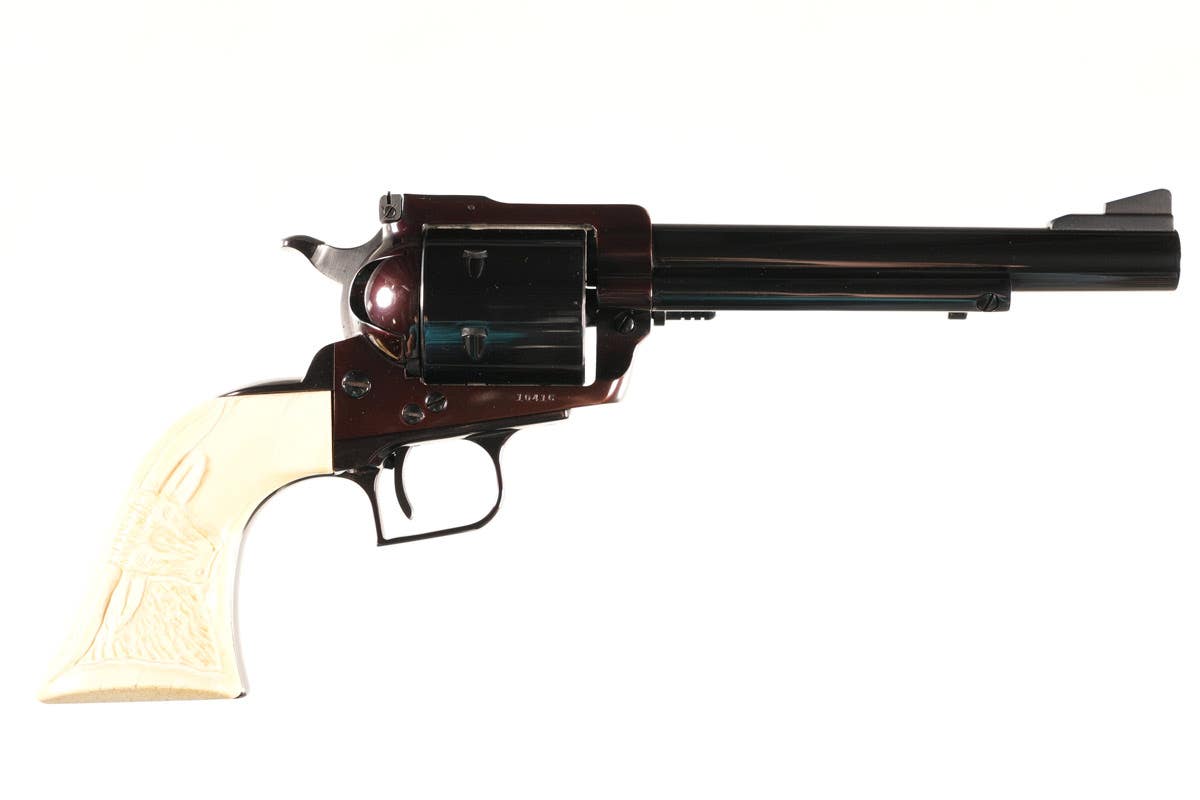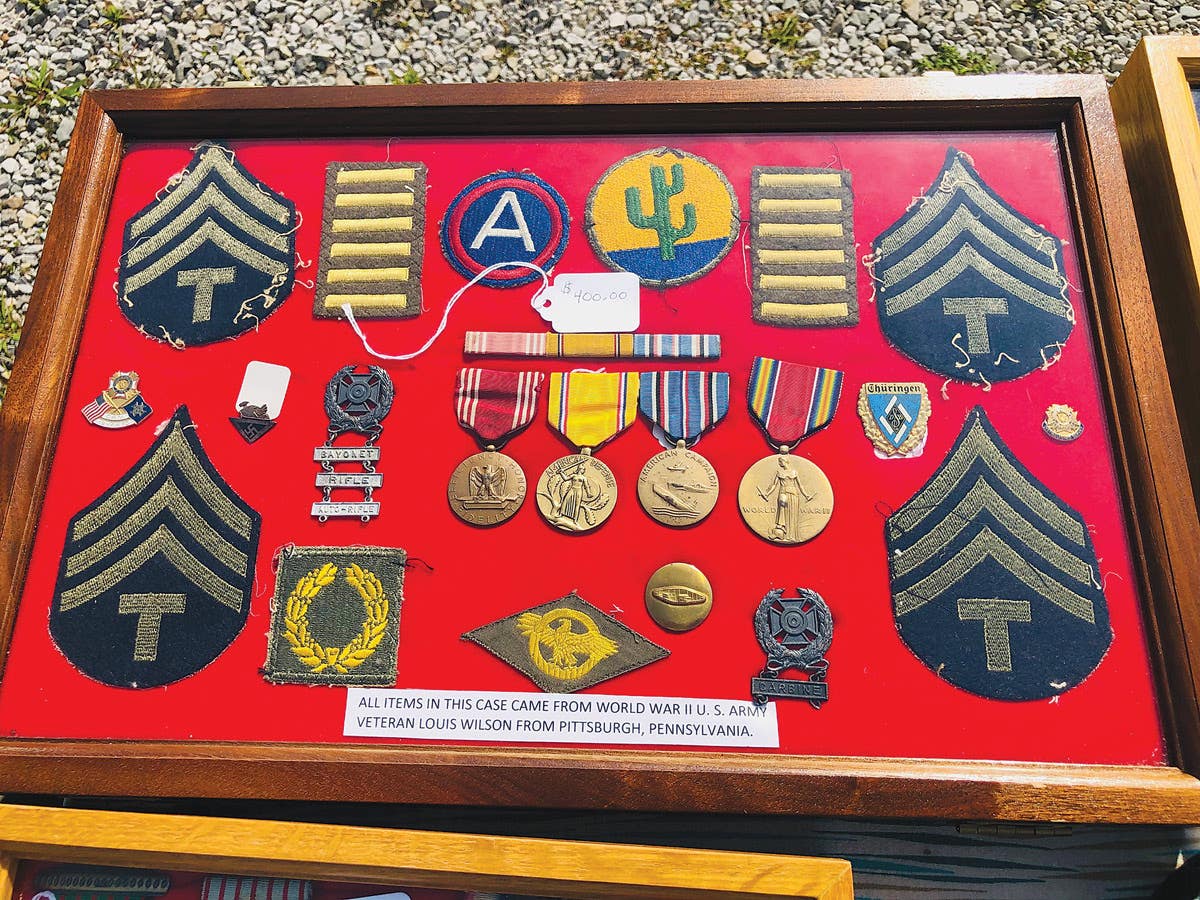SA-Wehrmannschaft: Training the last warriors of Nazi Germany
With the eventual loss of combatants and the vast expansion of the front lines, this necessitated the creation of the “Wehrschutzenbereitschaften” (prepared readiness groups), who were trained by the SAW.
When Adolf Hitler and the “Nationalsozialistische Deutsche Arbeiterpartei” (NSDAP – Nazi Party) came to power in 1933, they had in large part captured their victory by using the brute force of the “Sturmabteilung” (SA – Hitler’s private army of brown-shirted revolutionaries, Party meeting guards and blatant street thugs). Later, Hitler was led to believe that the SA was conspiring to overthrow his new regime and replace him with their brown-shirt commander, Ernst Rohm. In response, Germany’s new Fuhrer orchestrated a vicious and swift attack that culminated in the murder of many top SA officials, including Rohm, along with other non-SA adversaries. This three-day-long purge in 1934 would come to be known as the “Night of the Long Knives”. The killings eliminated many of Hitler’s old enemies, and downgraded the Sturmabteilung to a “second-class” organization within the Third Reich. Even so, as the war unfolded, the SA remained a formidable force until many of those members fit for service were absorbed into the “Wehrmacht” (armed services).
On Jan. 19, 1939, Hitler created the “SA-Wehrmannschaften” (SAW - SA military defense training groups), a militia training organization for 18 to 65-year-old men who were either young SA members getting ready to enter the Wehrmacht, or those too old or unfit for regular military service. The SAW was ordered to provide this training to all members of the German population that fell into either of these categories. New recruits were given initial courses ranging from one to three weeks in length, and subsequent instruction for two nights a week and six hours on Sundays. Basic training consisted of long marches and close order drills, small-caliber rifle marksmanship, grenade throwing, field maneuvers and the ever-present political indoctrination. Those members assigned to specialty groups, such as flight or medical personnel, were required to attend classes for longer periods of time.
When the war began, the SA-Wehrmannschaft was given the additional responsibility of the training members entering the “Heimatflak” (home antiaircraft units), the “Stadwacht” (auxiliary city police departments) and the “Landwacht” (auxiliary constable forces). Later, the SAW taught other groups the skills needed to assist in the “Zollgrenzschutz” (customs and border services), and the “Luftschutz” (air raid services).
With the eventual loss of combatants and the vast expansion of the front lines, more men were needed to replenish the Nazi troops fighting on the European and African battlefields. This necessitated the creation of the “Wehrschutzenbereitschaften” (prepared readiness groups), who were trained by the SAW to guard the Sudetenland and General Government of Poland, thus freeing soldiers of the regular army to continue in their combat roles.
Members of the SAW wore uniforms consisting of field brown/green wool four pocket tunics with matt silver-colored buttons, long pants, brown leather belts and “Schiffchen” style caps, modeled after the Italian flapped “bustina”. These caps were constructed of wool with button over earflaps and an eagle over wreath and swastika triangular patch sewn to the left side. Each patch was backed by the color of the respective SA group sponsoring the training. A unique roundel of a silver circle enclosing the SA symbol of combined Teutonic “Lightning and Mann” runes was fastened to the front of the cap. The schiffchen headgear was later phased out in favor of the front billed alpine style hat with the SA cloth triangle affixed to the front. As with the triangular cloth cap insignia, collar patches were also the color of the associated SA group, with “Sturm” (division) numbers sewn or attached on the right tab. Twin shoulder boards featured branch of service underlays for the “Heer” (army - gray), “Kriegsmarine” (navy - blue) or “Luftwaffe” (air force - yellow). Officers and NCOs had additional “litzen” (silver or gold woven strands) with silver, bronze or gold pips to designate progressive ranks.
A special armband was worn by the men of the SA-Wehrmannschaft, designed with a red field and white circle that enclosed a stylized cloth “SA -Wehrabzeichen” (SA sports badge award) featuring a copper-colored wreath, upturned short sword and canted swastika accented with brown details. Use of this armband on the uniforms was discontinued in 1942, replaced with the standard NSDAP armband of red field, white circle and black canted swastika. The first style of brassard continued to be worn on civilian clothes to show a man’s membership in the SAW.
By the spring of 1944, more than 3 million men had gone through the SAW facilities, with many destined to serve in the last efforts of the dying Reich as firemen, air raid workers, flak cannoneers, police auxiliaries or the ill-fated “Volksturm” (citizen’s army). The Volksturm and auxiliary police would be used to not only defend the Fatherland, but fight alongside regular troops in Poland, and assist the “Schutzstaffel” (SS) in committing late war atrocities. The old men and teenagers, often poorly equipped and grossly undertrained, fell by the thousands to the savage Russian onslaught that barreled across the Fatherland. Likewise, air raid wardens and flak crews were decimated by the relentless Allied bombings that rained death and destruction on cities and industrial areas.
With the final defeat of Hitler’s dictatorship, the Allied Supreme Commander’s Law number five, “Dissolution of the Nazi Party”, put an end to the SA – Wehrmannschaft, which was disbanded in May, 1945. Both old and young members were set free to help rebuild the country that would rise from the ashes to become a new democracy and European leader.
Want more from Chris William... Here are a few more articles for your reading enjoyment.
Chris William has been a long-time member of the collecting community, contributor to Military Trader, and author of the book, Third Reich Collectibles: Identification and Price Guide.
"I love to learn new facts about the world wars, and have had the good fortune to know many veterans and collectors over the years."
"Please keep their history alive to pass on to future generations".







